Why Money Plant is Called Money Plant?
Money Plant is a captivating botanical specimen with an equally captivating name. Let’s uncover the reasons behind this fascinating label.
Money Plant
One of the most common plants seen in households is the money plant. They have great survival rates and can thrive in both direct and indirect sunlight. Golden pothos, Ceylon Creeper, and Hunter’s Robe are some more frequent names for money plants. Money plants have five leaves on each branch, which stand in for the five Feng Shui elements of Metal, Wood, Water, Fire, and Earth. Money plants are said to bring wealth and luck to the home. They not only provide beauty to a space, but also radiate happiness.
Table of Contents
Ever wondered the origin of the name "Money Plant" for this particular plant?
It is referred to as a money plant because of its flat, rounded, and plumb leaves, which, with a little imagination, may resemble coins.
The genesis of the money plant is also the subject of a well-known tale about a poor Taiwanese guy. He prayed to God for relief from his financial obligations since he was in a serious predicament. He eventually discovered a plant in his yard that he thought would solve all of his issues. That plant produced seeds, nuts, and more plants as a consequence of his prayers, attention, and nurture. He sold the plants, which resolved his financial problems. Because of this, money plants are also presented as gifts in the expectation that they would bring their recipients luck and wealth.
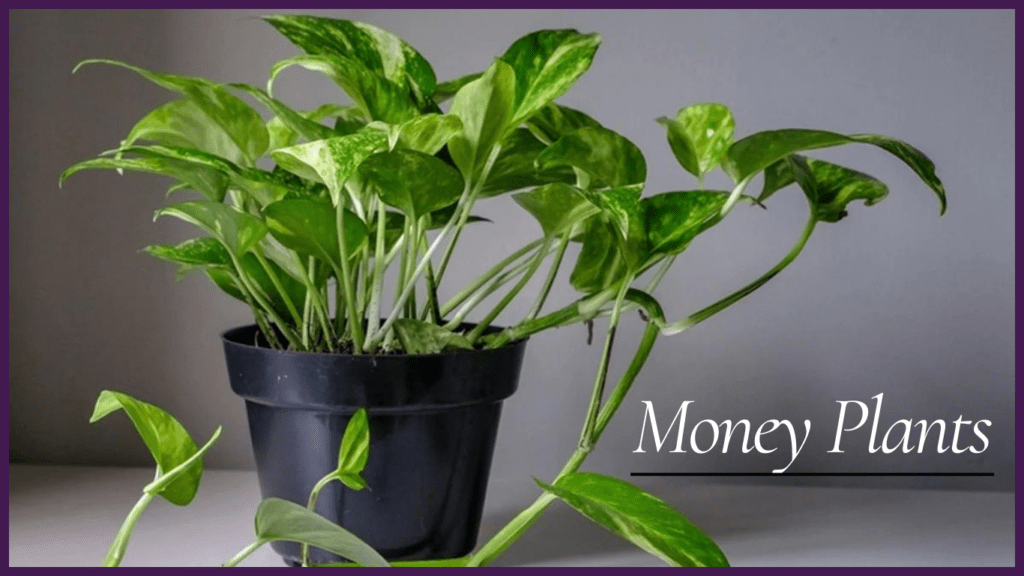
The Resemblance to Coins
One of the most obvious reasons why Money Plant is called Money Plant is due to the striking resemblance its round, coin-like leaves bear to actual currency. The lush, green leaves, sometimes tinged with silver or gold, mirror the appearance of ancient coins. This resemblance to money has led people across cultures to associate the plant with wealth and financial prosperity.

Feng Shui and Wealth
In Feng Shui, a Chinese practice of harmonizing energies in one’s environment, Money Plant is considered an auspicious plant. Its ability to thrive in low-light conditions and its resilience are symbolic of financial resilience and growth. Placing Money Plant in the wealth sector of your home or workspace is believed to attract positive energy and monetary fortune.
Cultural Significance
Money Plant has diverse cultural significance around the world. In Indian culture, it’s associated with Lord Kubera, the deity of wealth. People believe that keeping Money Plant at home or in the workplace can appease Kubera and bring prosperity into their lives. Similarly, in some parts of Southeast Asia, it’s seen as a symbol of good fortune and is often gifted during weddings or housewarmings.
Historical Roots
The name Money Plant has historical roots dating back to the Victorian era when it gained popularity as a decorative houseplant. During this time, it was also referred to as “Dollar Plant” due to its association with financial luck. This historical nomenclature has persisted, and today, it’s still widely known as Money Plant.
Popular Varieties
Money Plant comes in various varieties, including the Golden Pothos, Marble Queen Pothos, and Neon Pothos. Each of these varieties exhibits unique leaf patterns and colors, further emphasizing the plant’s diversity and symbolic wealth.

Caring for Your Money Plant
Now that we’ve unraveled the mystery behind its name, let’s explore how to care for your Money Plant to ensure it thrives and continues to bring positivity and prosperity into your life.
Light Requirements
Money Plant is adaptable when it comes to light, but it thrives in bright, indirect sunlight. If you notice your Money Plant’s leaves turning yellow, it might be getting too much light.
Watering
One of the key factors in caring for Money Plant is not overwatering it. Ensure the pot has proper drainage to prevent root rot.
Pruning
Regular pruning helps maintain the health and appearance of your Money Plant. Trim leggy stems and remove any yellowing or dead leaves to encourage new growth.
Fertilizing
give your Money Plant with a fertilizer every 2-4 weeks during the growing season (spring and summer). Reduce fertilizer during the dormant period in the fall and winter.
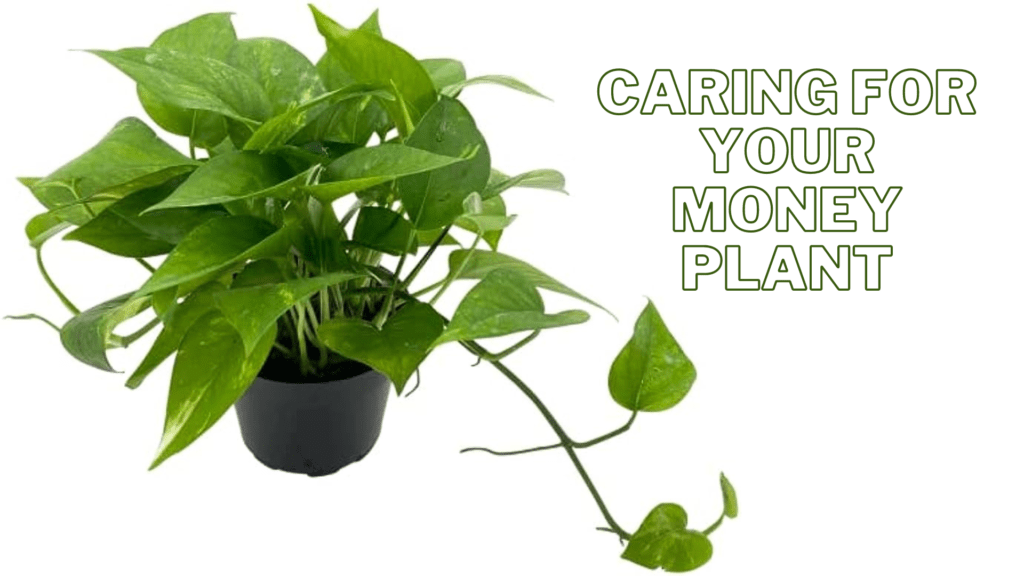
The Importance of Money Plant and Why it is Needed
The scientific name for this plant is Epipremnum aureum.
If your bedroom faces north, south, south-east, or east, consider planting a money plant.
For more specific advice, however, speak with a vastu specialist first if it is in the west or south-west corner.
Place the plant away from the bed, if possible. Keep a minimum of 5 feet between them.
This distance makes sure that the plant’s (nighttime-only) emission of carbon dioxide won’t interfere with your sleep pattern.
If you have air conditioning in your bedroom, take good care of it. It received frequent misting for a few of hours.
Additionally, expose it to indirect sunlight for a few hours each day.
The most prevalent indoor plant for vastu that we encounter in both our surrounding home and commercial spaces is the money plant.
Naturally, it is impossible to produce money on plants, but this plant’s name was chosen because its round, plump leaves almost like coins.
Ideal money plant directions as per vastu
Money plant directions as per Vastu play a significant role in determining its impact on your life. To maximize its potential, it’s crucial to follow these guidelines.
As each direction signifies some special attributes, lets understand the placement of money plant in each of them, from the perspective of vastu shastra.
North or East Direction
Placing your money plant in the north or east direction of your home is considered highly auspicious. These directions are associated with the flow of positive energy and wealth. Ensure that the plant receives indirect sunlight for optimal growth.
Avoid South Direction
Avoid placing your money plant in the south direction, as it is believed to bring financial instability and hinder prosperity.
Placement of money plant in the house
Money plants, scientifically known as Epipremnum aureum or Devil’s Ivy, are popular for their lush, green foliage and air-purifying qualities. But beyond their aesthetic appeal and health benefits, they are believed to bring financial luck when placed correctly in your home. Here are some key areas to consider when positioning your money plant:
The Wealth Corner
One of the fundamental principles of feng shui involves identifying the wealth or money corner in your living space. This corner is usually in the southeast part of your home, representing abundance and financial growth. Placing your money plant in a decorative pot or vase in this corner is thought to attract monetary success.
Entryway Elegance
The entrance of your home is where energy flows in and out. To invite prosperity into your life, consider placing a money plant near your front door. Its vibrant green leaves are believed to invite positive energy and wealth into your home.
Workstation Wonder
For those seeking financial success in their careers or businesses, positioning a money plant on their work desk is a common practice. Not only does it add a touch of nature to your workspace, but it is also said to enhance concentration and productivity, ultimately leading to financial gains.
Bedroom Bliss
Incorporating a money plant into your bedroom decor can promote restful sleep and a harmonious atmosphere. The plant’s ability to purify the air contributes to a healthier environment, which is essential for overall well-beingMoney plants helps to battle stress and calm the mind.
It is great option for people who suffers from hypertension and sleeplessness.
Nurturing Your Money Plant
Regardless of where you choose to place your money plant, it’s essential to care for it diligently. Ensure it receives indirect sunlight, regular watering (but not too much), and occasional pruning to maintain its vibrant appearance and vitality.
FAQs
What is the story of money plant?
The genesis of the money plant is also the subject of a well-known tale about a poor Taiwanese guy. He prayed to God for relief from his financial obligations since he was in a serious predicament. He eventually discovered a plant in his yard that he thought would solve all of his issues. That plant produced seeds, nuts, and more plants as a consequence of his prayers, attention, and nurture. He sold the plants, which resolved his financial problems. Because of this, money plants are also presented as gifts in the expectation that they would bring their recipients luck and wealth.
Conclusion
In conclusion, Money Plant’s name is intertwined with its visual resemblance to coins, its cultural significance, historical roots, and its ability to thrive in various conditions. Whether you believe in its luck-bringing properties or simply appreciate it as a beautiful and low-maintenance houseplant, there’s no denying the charm and allure of the Money Plant.
So, if you’re looking to add a touch of greenery and symbolism to your space, consider welcoming a Money Plant into your home. Its lush foliage and intriguing history make it a delightful addition to any indoor garden.
About The Author

Pruthvirajsinh
THE WAY YOU NEED IT
Connect with us
Recent Posts
- Decorate Your Home Space With Artificial Grass In 2023
- #1 Top 5 Creative Festive Garden Decor Ideas
- #1 The Most Easy Way to Protect Your Plants From Frost In USA
- #1 BEST TULSI REDUCES ACTIVE ACNE IN 2023
- #1 Best 7 indoor plants that people with amazing-smelling homes use to scent their spaces naturally
Information


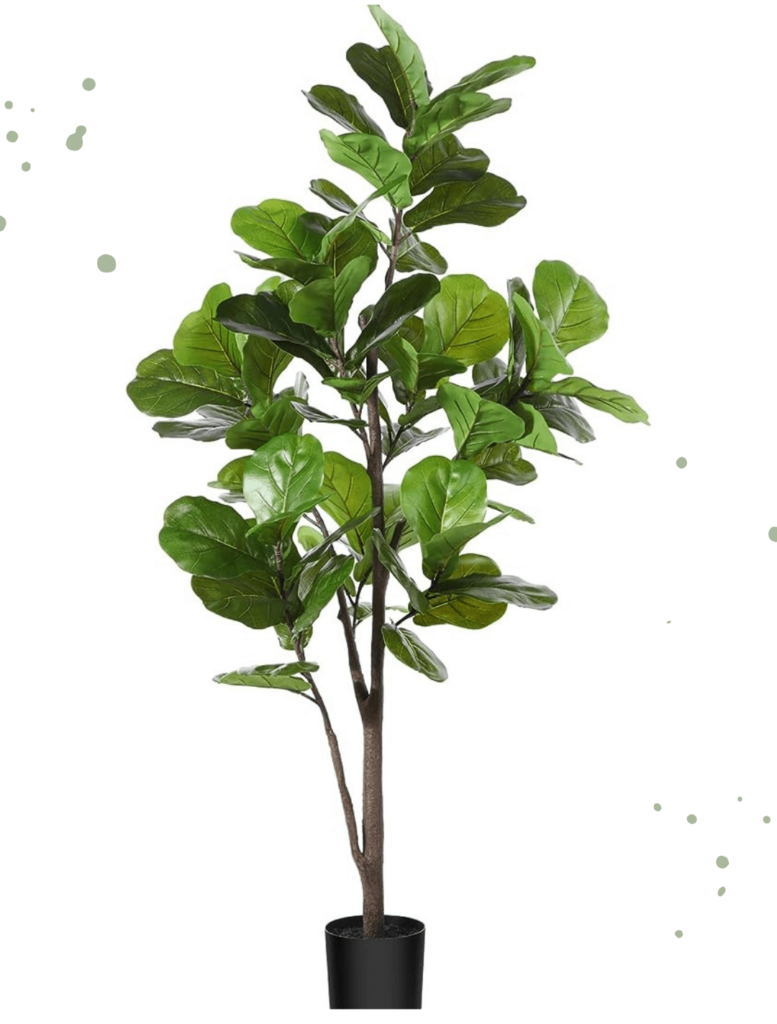

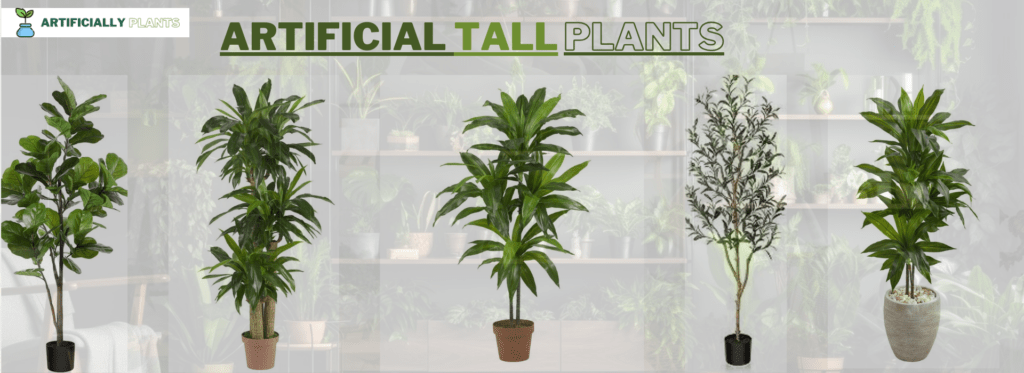

Decorate Your Home Space With Artificial Grass In 2023

#1 Top 5 Creative Festive Garden Decor Ideas

#1 The Most Easy Way to Protect Your Plants From Frost In USA
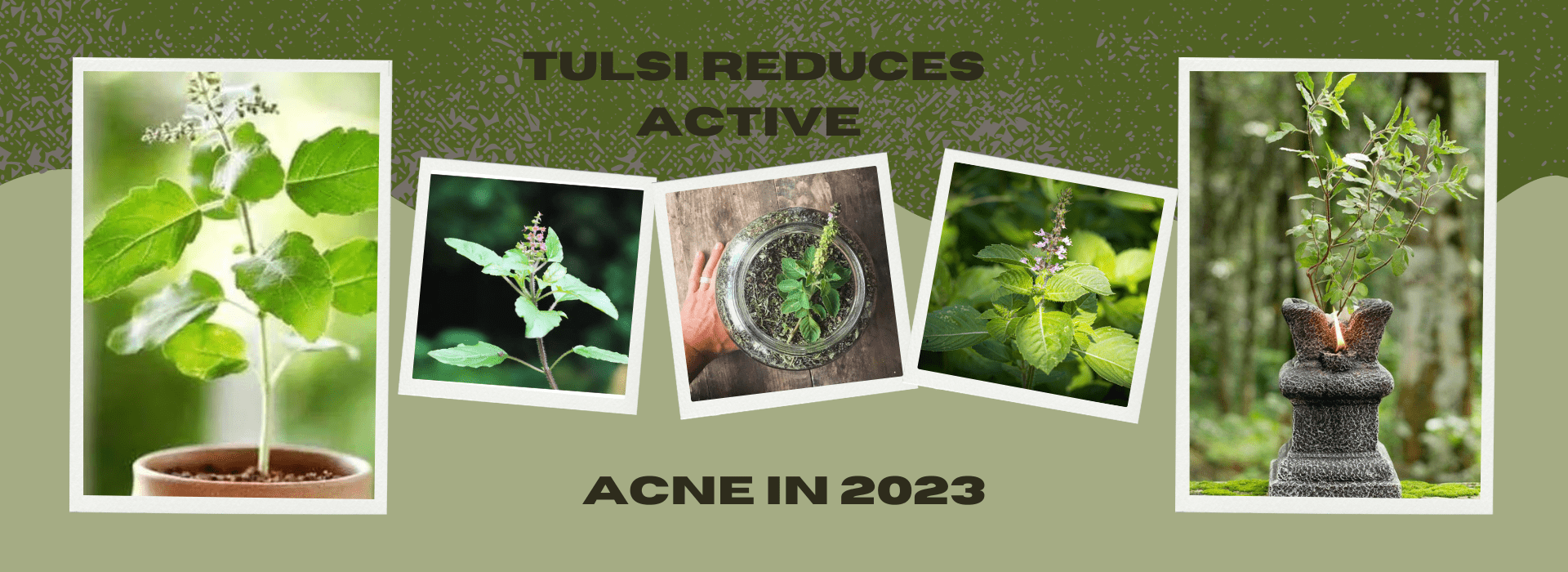
#1 BEST TULSI REDUCES ACTIVE ACNE IN 2023

#1 Best 7 indoor plants that people with amazing-smelling homes use to scent their spaces naturally




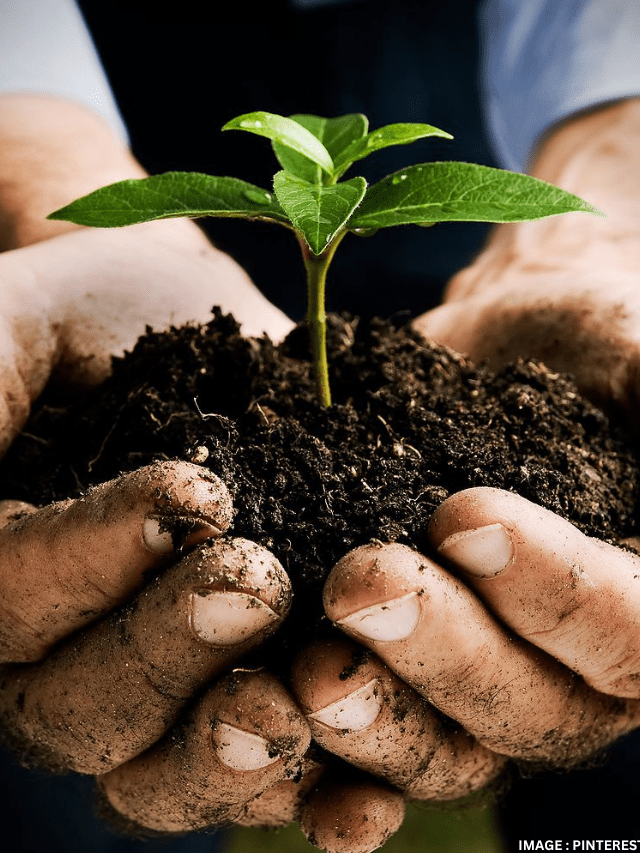


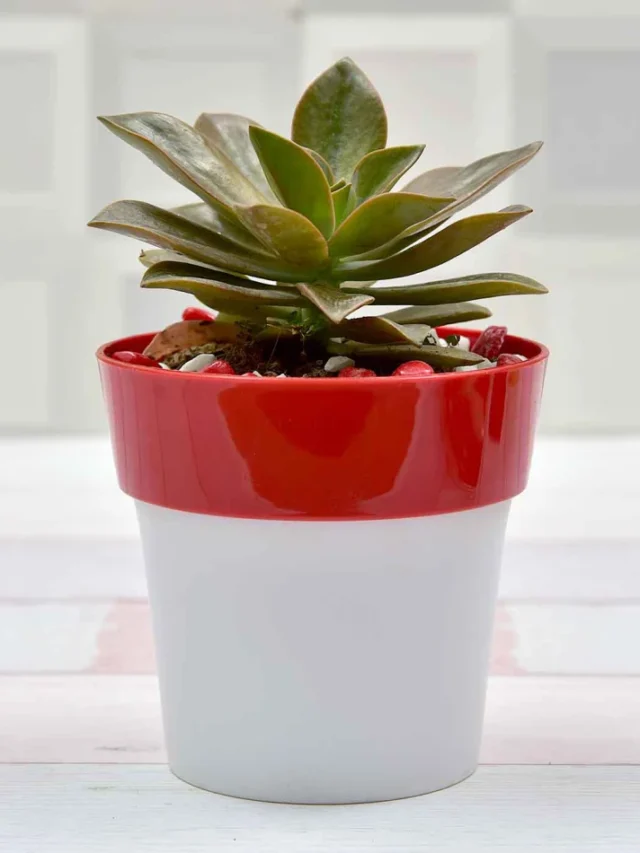

Recent Comments